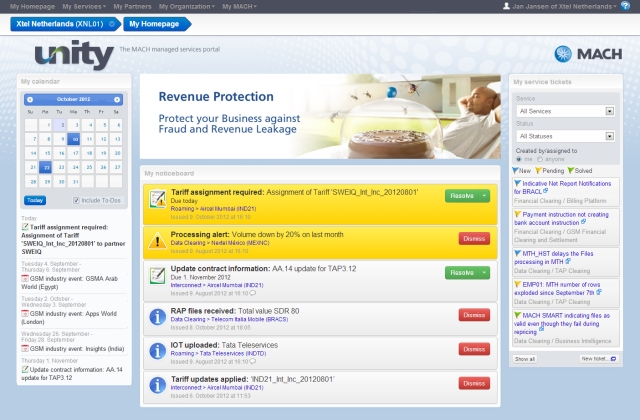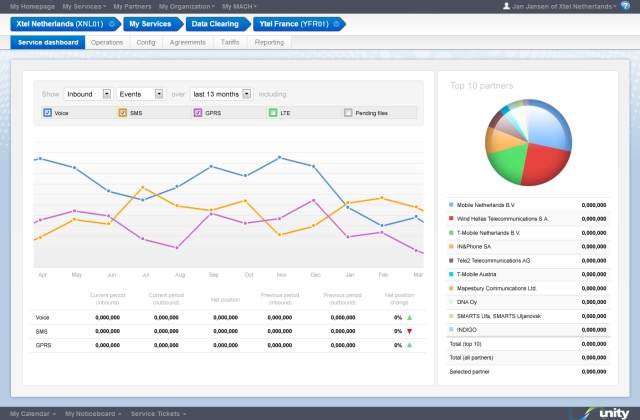By Michael De Jongh, Global Head of Sales, Mobile Billing & Payments
In the past, mobile operators and OTT service providers have found themselves at loggerheads. Established telecoms business models are still in flux after OTT players established content delivery platforms that utilised an operator’s network without sharing revenue for the privilege. Operators suddenly found themselves supporting surging data volumes without the ability to effectively monetise it, largely thanks to subscribers’ all-you-can-eat data plans.
However, things are changing and the telecoms ecosystem has now reached a crucial tipping-point, with operators and OTT players moving from competition to cooperation. So what are the drivers towards this symbiotic trend and how will it change the telecoms industry?
In many ways OTT players have become too successful to ignore. OTT services are forecast to account for 8% of all voice traffic carried over mobile networks by 2016, as well as 65% of all messaging traffic.[i] Yet, despite their growing popularity, consumer confidence and brand recognition, OTT services are still reliant on operator infrastructure. The Achilles’ heel of many OTT players is their fragmented, closed user communities – for example, a WhatsApp user can only send a message to another WhatsApp user. This means that OTT players can struggle to compete for consumer mindshare and ways to monetize their service offerings.
In the crowded OTT market, a successful mobile application or mobile content business requires a shrewd combination of compelling marketing, quality content and an excellent customer experience. A consistently good quality of service, ease of use and payment convenience is crucial to every OTT player’s success.
Operators are in a unique position to help solve all these challenges. Firstly, operators own the network infrastructure, empowering services to connect to anywhere. Secondly, they already have a strong customer relationship, since they provide the handset and mobile number, oversee the billing process and ensure a quality of experience that meets subscribers’ needs. The importance of this customer knowledge cannot be underestimated. It enables operators, and those partnering with them, to target new services at the particular subscribers that will find them of most interest, rapidly driving new revenue streams. This knowledge may prove crucial to differentiating one OTT offering from those of rivals in a crowded marketplace.
In order to maximise revenues, OTT players need to make the billing process as simple as possible – because the more complicated the payment process is for consumers, the less inclined they will be to see their purchase through. By partnering with operators, OTT players can offer alternative payment options for their services. Direct Operator Billing (DOB) is the simplest and most effective ‘glue’ to unite the different players in this way. By simplifying and accelerating the uptake and monetization of apps, DOB drives revenue for both parties at little additional risk to operators.
By providing a seamless approach to purchases and billing, OTT players can benefit from greater transaction completion rates, whether they take place via a desktop browser, mobile browser, mobile app or in-app transaction (i.e. “the freemium model” which most content providers are now embracing). Meanwhile, operators can raise their exposure to consumers beyond being the touch point for subsidised handsets and contracts, strengthening their brand relevance in the eyes of subscribers and reducing churn. Partnering with OTT players also allows operators to provide customers with bespoke, value-add services based on their detailed subscriber knowledge, which can be pre-installed on the handsets they provide to consumers.
Thanks to the growing DOB trend, in the long-term, we will see the current fragmented market become an aligned ecosystem, with both OTT players and operators cooperating to meet consumer demands, harness subscriber ownership and drive revenues.
###
[i] Source: ARCchart, Over-the-Top Communications: Threats & Opportunities for Mobile Operators, 2012



